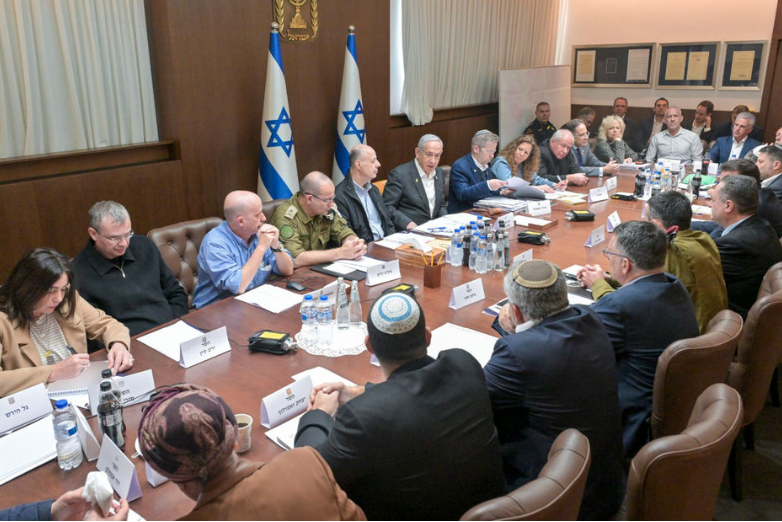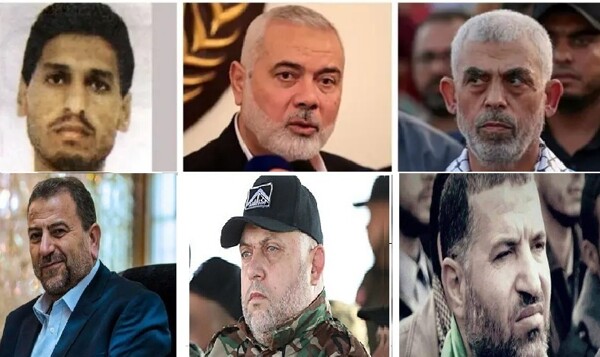
On January 17, a text was made public revealing a ceasefire agreement between Israel and Hamas. This agreement, while similar to previous ones, is a milestone as it has been accepted by both parties. Hamas managed to withstand the Israeli offensive, which represents a strategic and tactical victory. The ceasefire, although it does not imply immediate peace, signifies a significant change in the dynamics of the conflict.
Israel was forced to negotiate on equal terms with Hamas, which could strengthen the Palestinian organization and position it as an authority in Gaza. In exchange, the recognition of an autonomous Palestinian territory is anticipated. Hamas's ability to forge national and international alliances has been key in this process.
The agreement includes the release of prisoners by both parties. Additionally, Trump has played a significant role in these negotiations. Despite the challenges, the ceasefire marks a change in the region and in Israel's perception as a power.
The reconstruction of Gaza and the exchange of prisoners are central aspects of this agreement. Iran, Qatar, Turkey, and other regional actors are fundamental in this new phase. The implementation of the different phases of the agreement will be key to achieving lasting stability in the region.
Amidst the complexity and challenges in the region, the agreement between Israel and Hamas represents a step towards peace and stability. Ongoing negotiations will shape the future of Gaza and the conflict in the Middle East.














